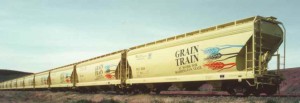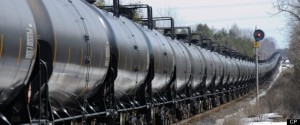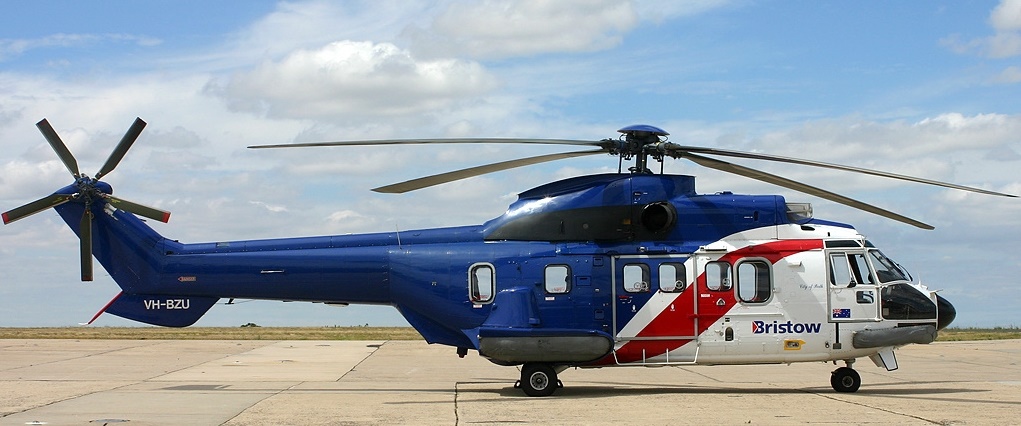Railroad Industry Outlook Report for 2015
Michael Collins of Value Line provides a railroad industry report in which he analyzes the state of the American railroad industry and the outlook for 2015 for economic growth of rail transportation by major products including coal, agriculture, oil and gas, and summarizes the consolidation of railroad companies with its benefits and challenges.
The railroad industry is usually a good indicator of the underlying North American economy rising at a much faster pace over the last couple of years. In 2014, the key stories have been the rising crude-by-rail trend, stronger broad-based volume growth, rail consolidation, and network congestion problems. We believe these key themes will be pivotal to earnings growth in 2015.
In the coming year, we expect total carloads to grow at a more modest pace, with pricing inching higher as well. Conversely, the surge in carloads is creating a number of network related issues, with dwell times and velocities deteriorating. In response, railroads are investing heavily in locomotives, training crews, and track repairs. Similarly, should the network problems linger, we would expect the merger rumors to resume in 2015. That said, railroads will continue to be reliant on overall economic activity and exposure to the various markets served.
Coal
Historically, the movement of coal has been the industry’s most profitable business. It still represents a sizable portion of profits, but carloads have been on a steady decline over the last several years. Weaker utility demand, cheaper natural gas prices, and a tougher regulatory environment have contributed to the volume softness. Meanwhile, demand for export coal has struggled in recent quarters, thanks to a slowing Chinese economy and competition from foreign markets.
Going forward, we do not see a meaningful pick up in coal volumes due to the natural gas competition and difficult regulatory environment for power plants. In particular, tougher EPA rules for existing coal plants are expected to be finalized in early 2015. That said, we look for railroads carrying western-based coal to fair better than their eastern counterparts due to the cheaper cost associated with transporting the commodity. All told, we believe coal will be a modest headwind, with export markets to be particularly challenged in the new year.
 Agriculture and Intermodal
Agriculture and Intermodal
The transportation of agriculture commodities, like wheat and corn, has been a sweet spot for rails of late. In fact, a record Canadian wheat crop has helped fuel solid profit gains for Canadian National (NYSE:CNI) and Canadian Pacific (NYSE:CP). We still believe there is some room to run in the market and expect Canadian Pacific’s agriculture exposure provides further upside to the bottom line. In the United States, the USDA is projecting a record corn crop in 2015, which should help the Western railroads, like Union Pacific (NYSE:UNP) and Burlington Northern Southern.
Meanwhile, strengthening cross-border activity, expected network upgrades, continued enhancements in double-stacking capabilities, and tougher trucking regulations should help the intermodal business in 2015. We also look for stronger domestic intermodal container growth, as railroads are providing a more cost-competitive service. But we think concerns over labor negotiations for western ports in the U.S. and global economic slowdown will be headwinds. All told, we believe intermodal volumes will rise at a more modest pace in 2015.
 Oil & Gas
Oil & Gas
Over the last several years, railroads have invested billions of dollars building out terminal stations and leasing or buying specialized tank cars to haul crude oil. We believe railroads are gaining share, thanks to the relative flexibility rail operators provide customers compared to a pipeline. Yet, we still expect to see pipelines gain market share in the coming years, given their lower operating costs. But rising production volume in the shale plays and oil sands will create plenty of opportunities to haul the commodity. We look for Norfolk Southern (NYSE:NSC) and CSX (NYSE:CSX) to gain some share from the bigger players in the space.
However, further declines in the crude markets and tighter WTI and BRENT spreads will ultimately hurt shipments in North America. In the near term, we do not foresee that much of slowdown in activity. But should oil price settle below the $70-a-barrel mark, we would expect production on newer wells to halt. This development would also crimp the haul of frac sand and other drilling-related equipment.
Rail Consolidation
Recently, CSX rebuffed a possible merger proposed by Canadian Pacific. We think the combination would make some sense, given the lack of overlapping lines and network congestion problems that have been plaguing the industry. That said, many management teams believe a substantial merger between Class I railroads is unlikely, given the regulatory hurdles. Too, some even suggested the service-related benefits would be limited and could even create more problems.
Conclusion
We think the outlook is quite positive for the railroad sector, with growth expected to outpace the economy. We anticipate broad-based volume gains and pricing to slightly improve due to the network investments. That said, railroad stocks have had nice runs over the last several years and longer-term gains appear limited for most operators. However, we expect strong future free cash flow generation to provide ample opportunities for railroads to return capital in the form of dividends and stock buybacks.
















